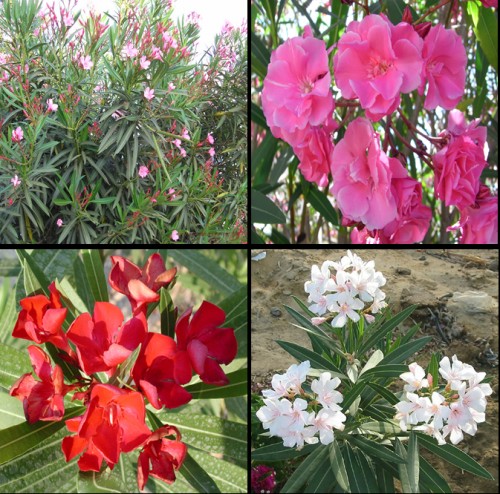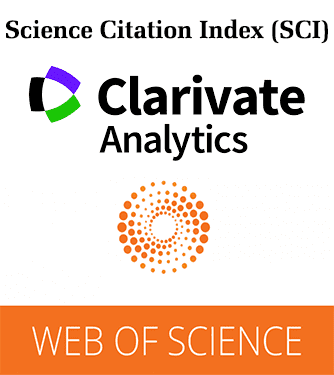Vol. 4, Issue 6, Part A (2017)
Bioefficacy of Nerium oleander Linnaeus (Apocynaceae) floral extracts on the larva of three vector mosquitoes of medical importance
Author(s): Rajasingh Raveen, Muniyasamy Pandeeswari, Fauzia Ahmed, Daniel Reegan, Samuel Tennyson, Subramanian Arivoli and Manickkam Jayakumar
Abstract:
Mosquitoes are the major vectors of many pathogens which cause diseases like dengue, chikungunya, yellow fever, Zika virus fever, filariasis, Japanese encephalitis and malaria. Vector mosquito control or management is important in order to prevent mosquito-borne diseases as well as to improve public health. Repeated use of synthetic insecticides induces ecological imbalance, affects non-target organisms and poses severe health risk to humans. Plant extracts are believed to be a good alternative to chemical insecticides. In the present study, Nerium oleander flower (pink, red and white) extracts were evaluated for its bioefficacy on the larvae of Aedes aegypti, Anopheles stephensi and Culex quinquefasciatus mosquitoes. The larvae of each species were exposed to different concentrations viz., 62.5, 125, 250, 500 and 1000mg/L and larval mortality was assessed 24 hours after exposure and LC50 and LC90 values were calculated. Amongst the different floral extracts tested, the acetone extract of Nerium oleander red flowers exhibited the highest larvicidal activity against all the three mosquito species and their LC50 values were 94.60, 101.21 and 121.79mg/L against Anopheles stephensi, Culex quinquefasciatus and Aedes aegypti respectively. Identifying plant based insecticides that are efficient as well as suitable and adaptive to local ecological conditions, biodegradable and having wide spread mosquito larvicidal chattels will work as a new weapon in the arsenal of insecticides and in the future may add to a suitable alternative tool to fight against mosquito-borne diseases.
Mosquitoes are the major vectors of many pathogens which cause diseases like dengue, chikungunya, yellow fever, Zika virus fever, filariasis, Japanese encephalitis and malaria. Vector mosquito control or management is important in order to prevent mosquito-borne diseases as well as to improve public health. Repeated use of synthetic insecticides induces ecological imbalance, affects non-target organisms and poses severe health risk to humans. Plant extracts are believed to be a good alternative to chemical insecticides. In the present study, Nerium oleander flower (pink, red and white) extracts were evaluated for its bioefficacy on the larvae of Aedes aegypti, Anopheles stephensi and Culex quinquefasciatus mosquitoes. The larvae of each species were exposed to different concentrations viz., 62.5, 125, 250, 500 and 1000mg/L and larval mortality was assessed 24 hours after exposure and LC50 and LC90 values were calculated. Amongst the different floral extracts tested, the acetone extract of Nerium oleander red flowers exhibited the highest larvicidal activity against all the three mosquito species and their LC50 values were 94.60, 101.21 and 121.79mg/L against Anopheles stephensi, Culex quinquefasciatus and Aedes aegypti respectively. Identifying plant based insecticides that are efficient as well as suitable and adaptive to local ecological conditions, biodegradable and having wide spread mosquito larvicidal chattels will work as a new weapon in the arsenal of insecticides and in the future may add to a suitable alternative tool to fight against mosquito-borne diseases.

Fig.: A: Nerium oleander plant, B: Nerium oleander pink flowers, C: Nerium oleander red flowers, D: Nerium oleander white flowers
Pages: 65-77 | 2221 Views 208 Downloads
How to cite this article:
Rajasingh Raveen, Muniyasamy Pandeeswari, Fauzia Ahmed, Daniel Reegan, Samuel Tennyson, Subramanian Arivoli, Manickkam Jayakumar. Bioefficacy of Nerium oleander Linnaeus (Apocynaceae) floral extracts on the larva of three vector mosquitoes of medical importance. Int J Mosq Res 2017;4(6):65-77.







